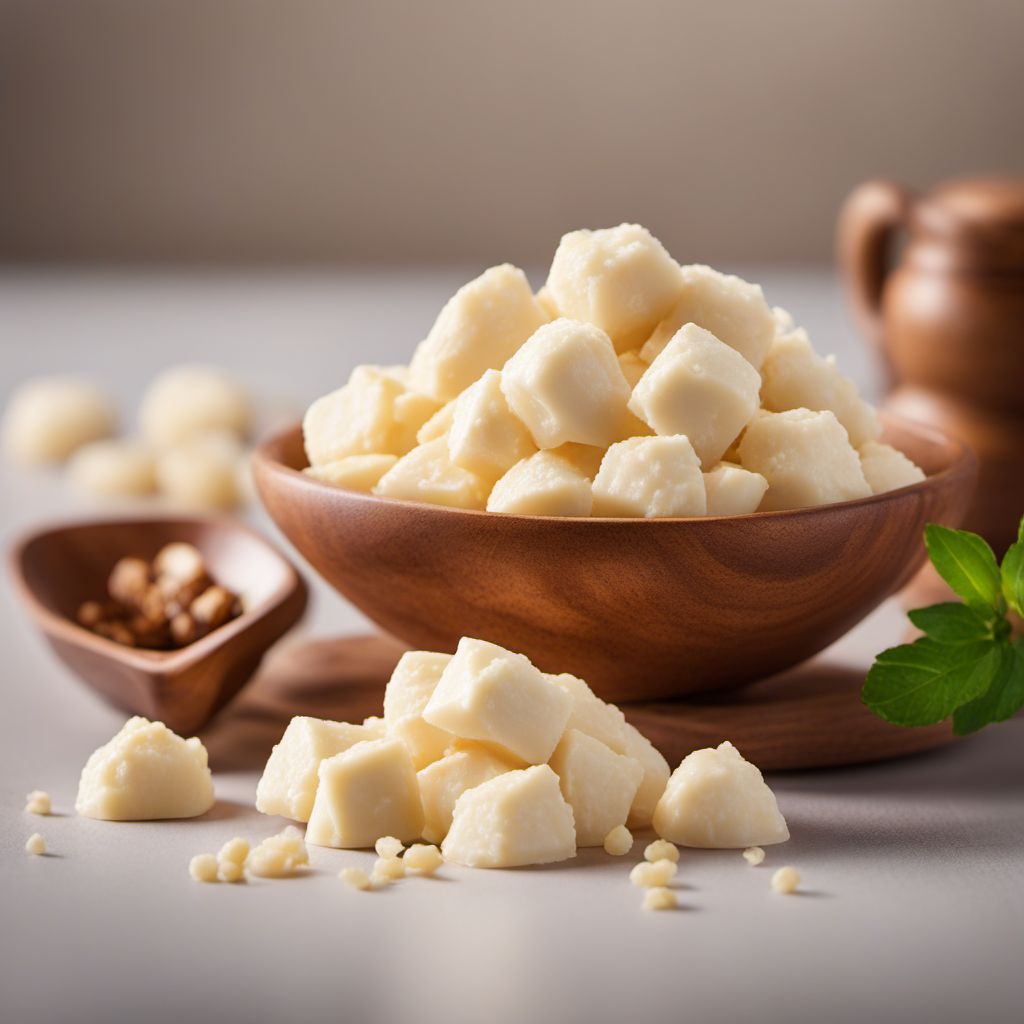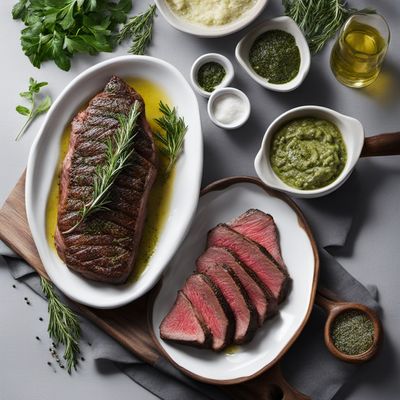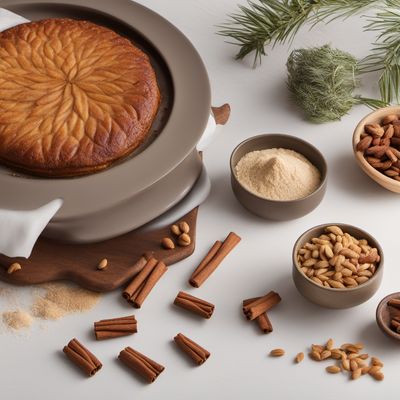
Ingredient
Shea butter
The Nourishing Secret: Unveiling the Power of Shea Butter
Shea butter is a creamy, ivory-colored fat with a smooth texture. It possesses a distinct nutty aroma and melts easily upon contact with the skin or heat. Its rich consistency makes it an excellent emollient, moisturizer, and natural healer for the skin and hair. In culinary applications, shea butter adds a velvety richness to dishes and is often used as a substitute for other fats in baking and cooking.
Origins and history
Shea butter has a long history dating back thousands of years in Africa, particularly in regions such as West Africa and the Sahel. It has been an integral part of African culture, used for both culinary and medicinal purposes. Traditionally, shea butter was extracted by hand, with women playing a significant role in the production process. Today, it continues to be a vital ingredient in African cuisine and is gaining popularity worldwide for its numerous benefits.
Nutritional information
Shea butter is a rich source of vitamins A and E, essential fatty acids, and antioxidants. It provides nourishment to the skin and hair, promoting hydration, elasticity, and overall health.
Allergens
Shea butter is generally well-tolerated, but individuals with nut allergies should exercise caution as it is derived from the nuts of the shea tree.
How to select
When selecting shea butter, opt for unrefined or raw varieties, as they retain more of their natural nutrients and beneficial properties. Look for products that are organic, pure, and free from additives or preservatives. The color should be creamy or yellowish, and the texture should be smooth and easy to spread.
Storage recommendations
To maintain the freshness and quality of shea butter, store it in a cool, dry place away from direct sunlight. It is best kept in an airtight container or wrapped in foil to prevent oxidation and rancidity.
How to produce
Shea butter production requires expertise and specialized equipment. However, individuals can grow shea trees in suitable climates, such as tropical or subtropical regions, by planting shea tree seeds and providing proper care and maintenance.
Preparation tips
Shea butter can be used in various ways, such as a moisturizer for the skin and hair, a base for homemade body butters or lotions, or as a cooking fat. When using it in cooking, melt the shea butter gently over low heat to preserve its nutrients and flavor. It can be incorporated into both sweet and savory dishes, adding a unique richness and depth of flavor.
Culinary uses
Shea butter is commonly used in African cuisine, particularly in dishes from countries like Ghana, Nigeria, and Burkina Faso. It is used as a cooking fat, added to soups, stews, and sauces, or used as a spread on bread. In baking, shea butter can be used as a substitute for butter or oil, adding a distinct nutty flavor to cakes, cookies, and pastries.
Availability
Shea butter is primarily cultivated and available in West African countries, including Ghana, Burkina Faso, and Nigeria. However, it is also exported and can be found in specialty stores or online retailers worldwide.







